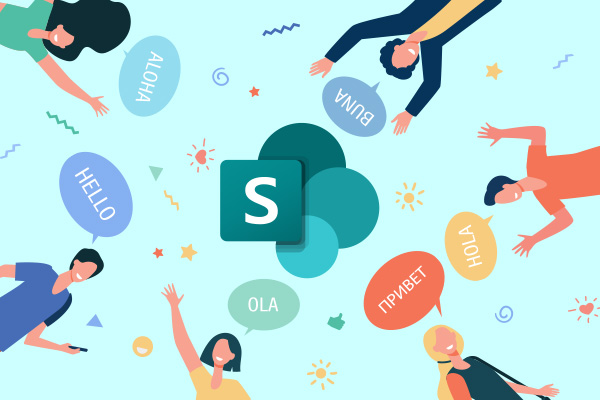
HR intranets or similar people-related portals are excellent ways to support the strategic objectives of the HR function. Here at Content Formula, we’ve worked with numerous HR teams who have invested in an intranet which has gone on to make a tangible contribution in supporting their organisation’s HR or people strategy.
An HR intranet might be a completely dedicated intranet focused on HR and people-related content and features, or a similar HR hub within a wider intranet. In this post, we’re going to explore the main objectives of an HR intranet, and run through the typical features and content that support them.
What are the main objectives of an HR intranet?
At a very high level, most HR intranets are specifically designed to:
- Support employee self-service and related manager self-service, allowing employees to get things done on a self-serve basis without having to ask HR, relieving pressure on busy HR support teams
- Improve HR and people-related processes by making them more efficient, increasing take-up, standardising them across the enterprise and minimising risk
- Support important HR policies and initiatives including learning, wellbeing, Diversity & Inclusion and flexible working
- Drive a strong employee experience to make the organisation a great place to work, supporting talent retention and attraction.
Let’s explore the features and content that help deliver these four main aims.
1. Access to HR policies and procedures
HR functions will have numerous HR policies and procedures that employees and managers will need to refer to from time to time when they need to complete tasks, make decisions and carry out HR processes. An HR intranet provides an opportunity to create a single source of truth for all your HR-related content that employees will trust is always up-to-date. It’s the place to access the staff handbook, find out what needs to be done to register for maternity or paternity leave or explore the company’s bonus scheme.
HR intranets deliver this through various features including content pages grouped into relevant HR themes, as well as an authoritative central policy library with all the latest policies and how to content and documents. A decent search and intuitive information architecture are also important to ensure employees find the HR content they need.
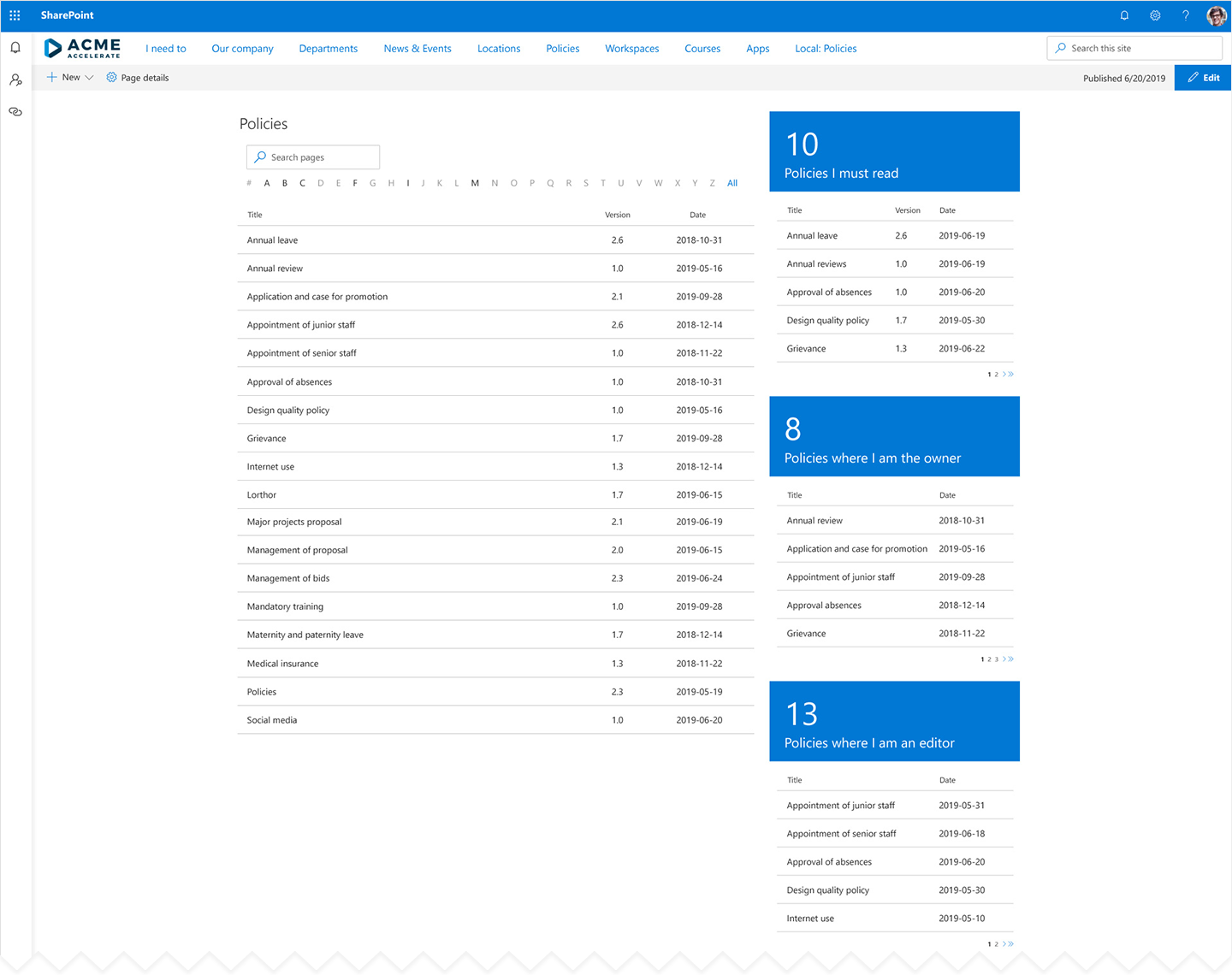
2. Personalisation to ensure relevant HR content
A core capability of modern intranets based on SharePoint is the ability to support personalisation and target content to employees based on their Active Directory profile. This means employees see the content that is relevant to their role, location, division, department or similar attribute. Personalisation is really important in HR intranets, especially in larger global companies where HR procedures, policies and systems can vary from country to country. Managers also need to be able to access HR information relating to managing their team. It is imperative that employees only see the HR information that is meant for them and their location; personalisation is a must-have intranet capability that delivers this, although there is a dependency on having complete and accurate AD profiles.
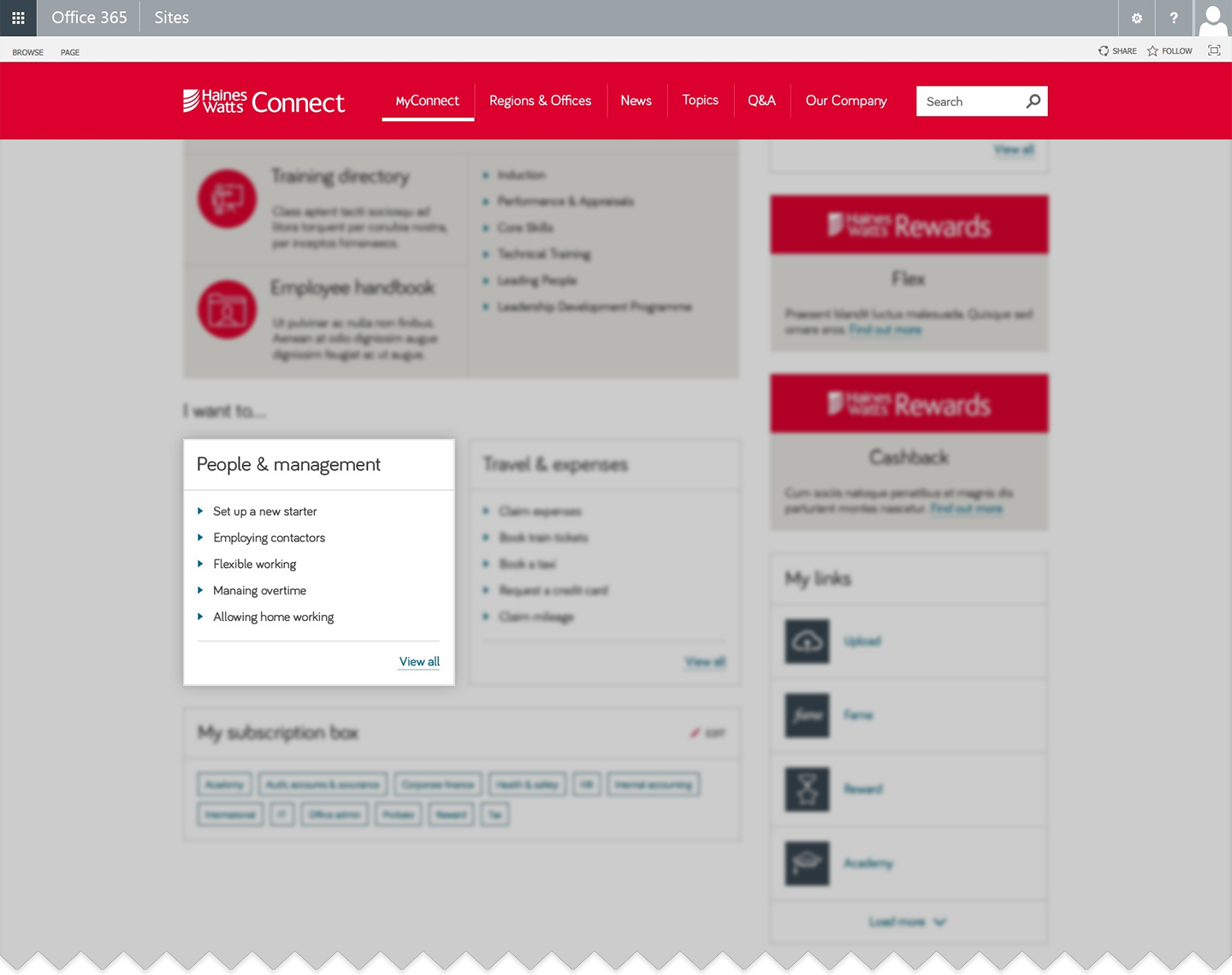
3. Integrations to support employee self-service
HR and people-related systems are numerous, and can include a core HR system like SAP or Workday, a time-recording and expenses system, a benefits portal, a learning management system, a system to log a ticket with HR support desk, an appraisal and performance review application, a wellbeing app and many more. One of the most valuable elements of an HR intranet is delivered by integrating some of these applications with the intranet, meaning employees can access personal HR information and complete simple transactions without even having to visit these disparate applications and systems.
For example, the intranet might not only act as the front door to reach these systems, but also display information through integrations, such as how much annual leave a person has, the benefits choices they have made or the status of an HR helpdesk ticket. They may also be able to actually book their annual leave, log a helpdesk ticket or make their benefits choices, all from within the intranet. Increasingly, these transactions are being delivered by chat bots.
Some HR intranets also include an inbox which displays automated notifications and reminders from different systems, including the ability for managers or HR staff to approve requests as part of their workflow. Overall, these integrations help support employee self-service, drive efficiency, initiate quicker approval processes and result in less frustration for employees who no longer have to log in to multiple systems and rely on email.
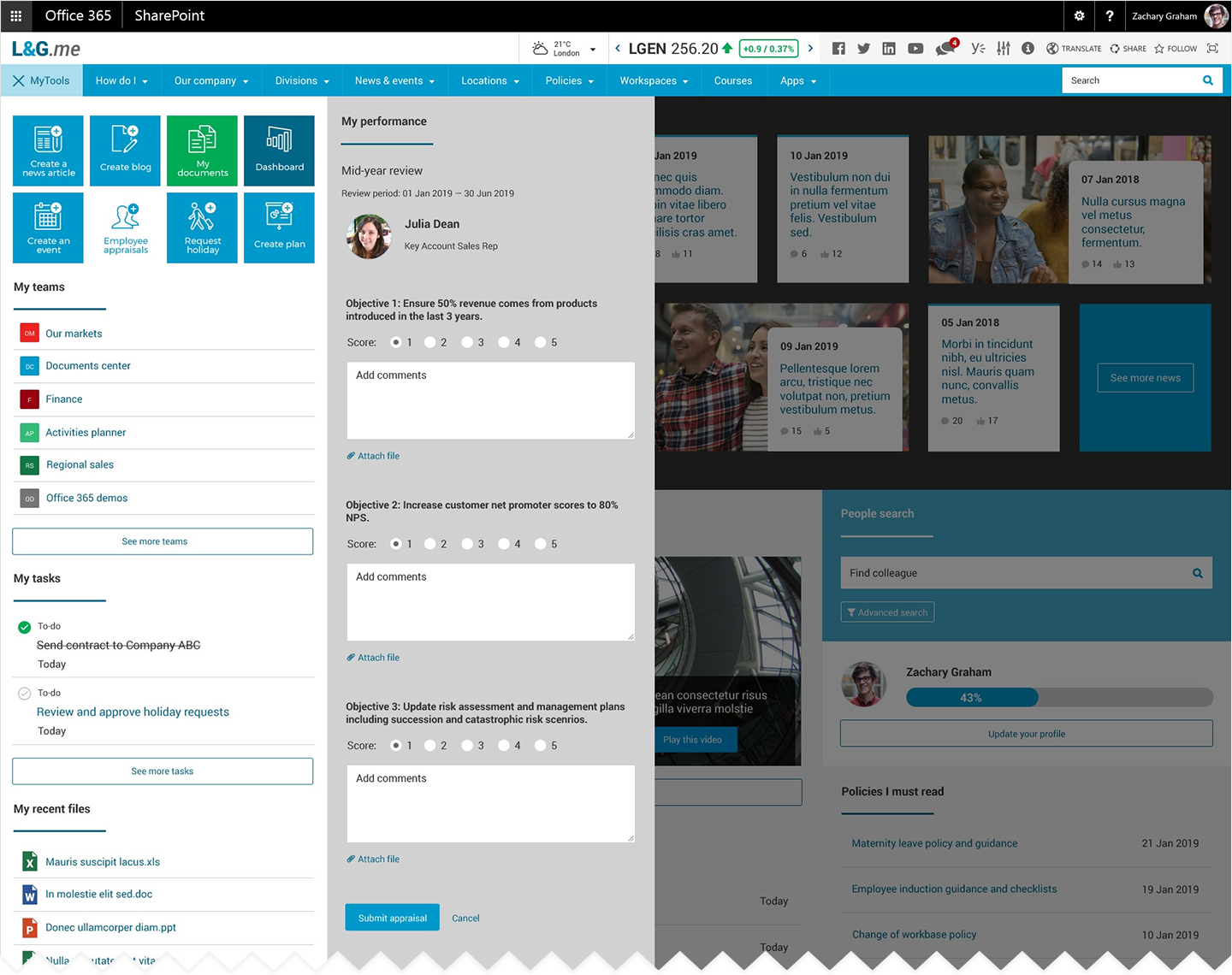
4. Support learning and training
HR intranets themselves don’t tend to directly deliver learning and training, but can play an important role in making it easier for employees to access learning resources. For example, we often implement LMS365, a learning platform that integrates seamlessly with Microsoft 365. This integration means that you can create pages on an HR intranet based on SharePoint that act as an informative and attractive front end to LMS365 and encourage more adoption; employees may not even realise they have left the intranet and entered into the learning platform. You can also integrate LMS365 courses and assets into an intranet search. An events calendar on your HR intranet can display learning events and encourage people to register.
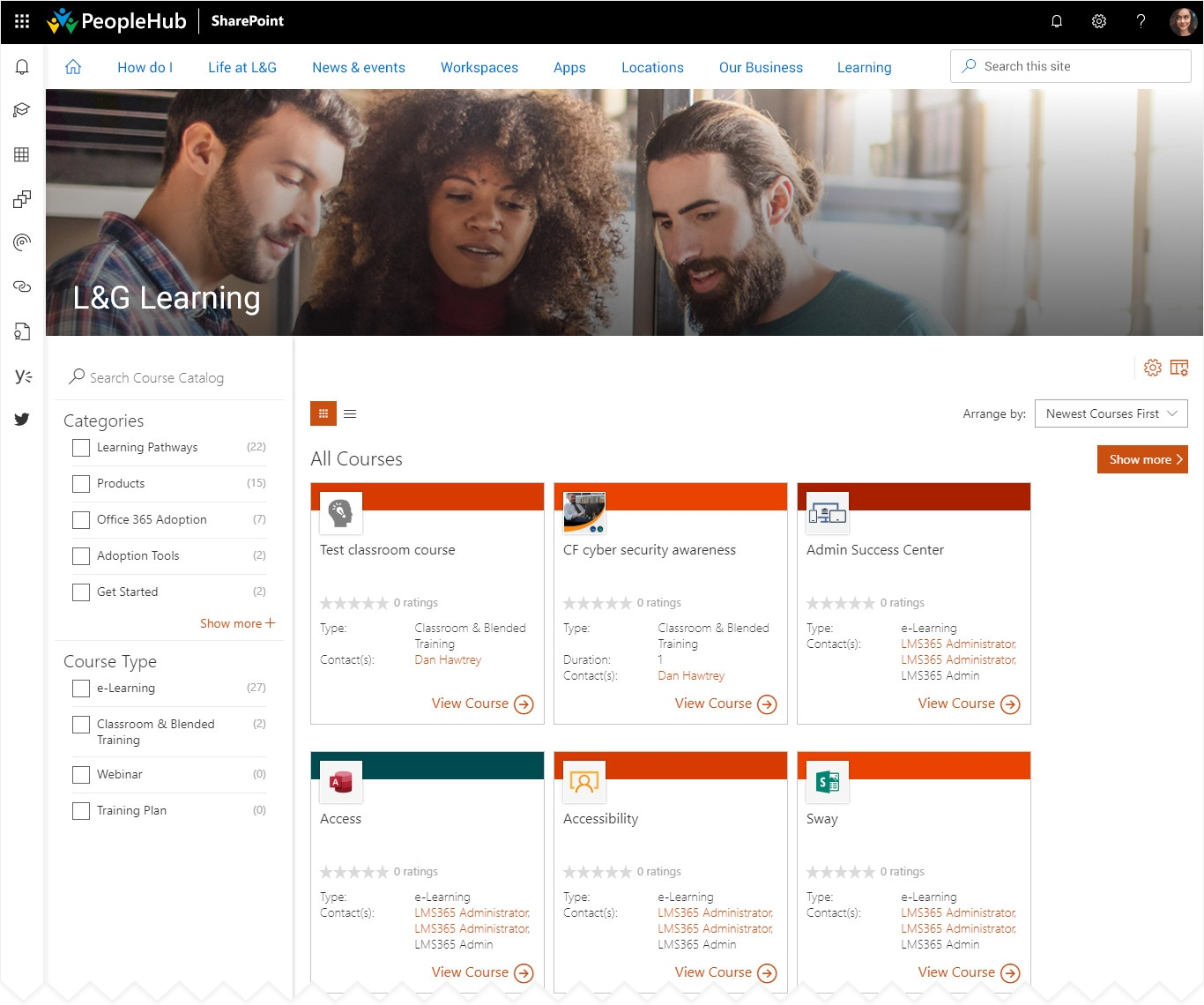
5. HR communications and updates
A good HR intranet should provide communications and updates relating to HR through news and reminders about core processes such as annual appraisals, the employee engagement survey and more.
6. Support employee onboarding
HR intranets tend to focus on moments that matter throughout the employee lifecycle, including when a person first joins a company. Employee onboarding is a core HR process that supports better employee retention. New hires are more likely to stay if they have a strong onboarding experience, and an HR intranet can help by gathering the resources new starters need to refer to all in one place, making the process of joining less overwhelming and more welcoming.
An area of an HR intranet targeted to new joiners can include a schedule of onboarding tasks they need to complete and when, links to all the information about the company, lists of contacts and even a welcome message from the CEO. The ability to target notifications and reminders in your HR intranet and integrations can also cover specific tasks and activities for new hires, such as completing relevant learning.
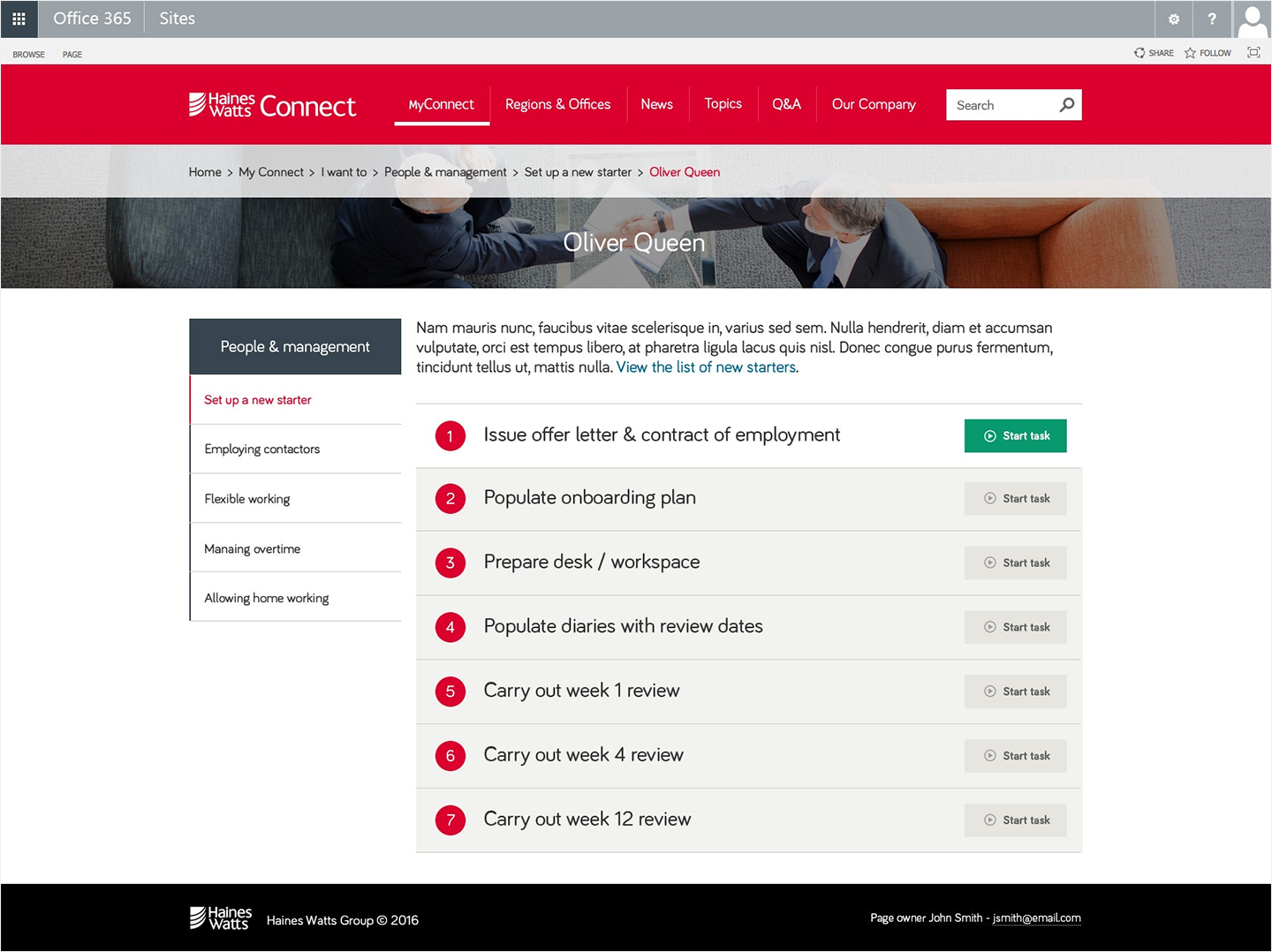
7. Ensure health and wellbeing
Health and wellbeing have been priority areas for HR functions for a long time now, but the pandemic has placed even more focus on them Some teams are including a specific wellbeing hub on their HR intranet which brings together wellbeing-related content, resources and features onto one specific page or microsite. Typically, this will include:
- Information on health-related benefits
- Wellbeing related content, including tips and tricks, often produced by third parties
- An opportunity to book wellbeing events and activities such as online mindfulness sessions
- Access to a wellbeing community for discussions
- Health and safety policies and procedures.
8. Employee resource groups to support Diversity & Inclusion
Diversity & Inclusion is a crucial priority for organisations. An HR intranet can support D&I by providing information about initiatives and policies, as well as specifically supporting spaces for Employee Resource Groups (ERGs). ERGs are groups of employees that join together based on shared characteristics to support each other and positively promote D&I policies. Common ERG demographics include women, LGBTQ+ people, ethnic groups, military veterans and more. An HR intranet can provide information and resources about establishing ERGs, but also support discussion groups, usually through social collaboration features including integration with a platform like Yammer.
9. Create dialogue to check the employee pulse
Increasingly leaders are realising the importance of listening to employees and establishing dialogue in order to engage employees and help inform decisions, but also spot problems and issues that need fixing. Intranets are an excellent channel for HR functions to get a sense of employee sentiment and understand issues that are impacting staff. There are a variety of different intranet features that can help get a pulse check on how employees are feeling, including:
- Discussion feeds and communities, such as those powered by Yammer
- Quick polls and more in-depth surveys
- Commenting on blogs and news articles
- Overall analytics to see what content staff is engaging with.
10. Nurturing organisational culture to drive employee experience
HR functions want to create a great place to work in order to retain and attract talent, and intranets can help nurture organisational culture that contributes to this. Internal communications an integral part of any intranet play a part here, alongside the ability for employees to post updates from across the organisation, celebrate successes and thank their peers. Information about company purpose and values, as well as updates on CSR activities, can also play a part.
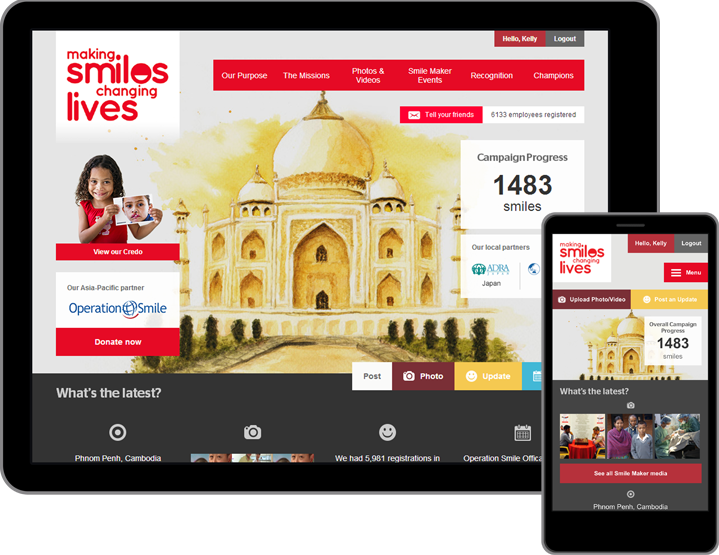
Need to discuss your HR intranet? Get in touch!
An HR intranet can provide real strategic value for HR functions and organisations through a combination of features and content. If you’d like to discuss your HR intranet or how an intranet can help your HR department, then get in touch!

Find out more about our intranet services for your organisation...
Request a call back with one of our intranet experts, for a free consultation about your business.

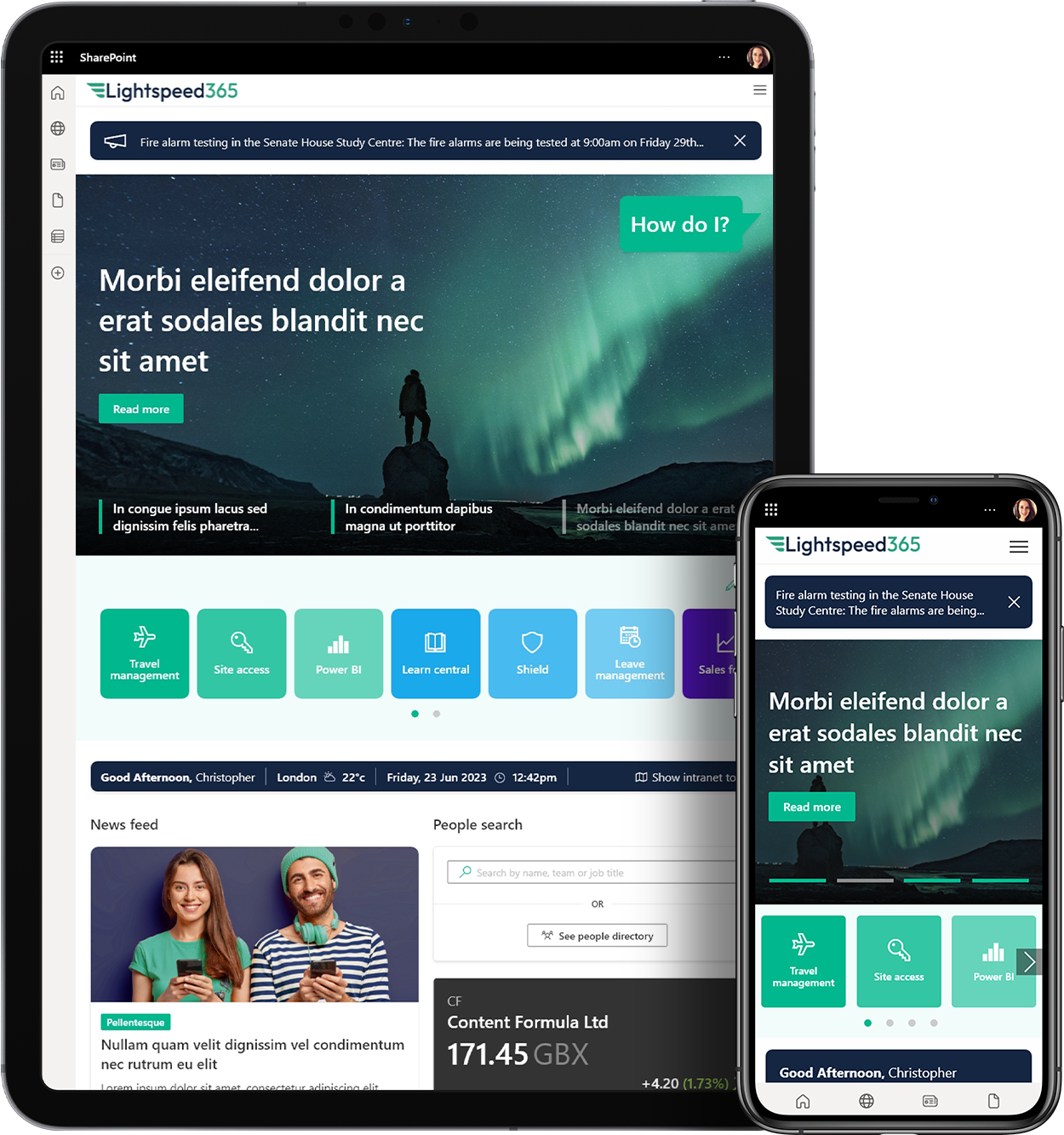

 SharePoint Products
SharePoint Products


